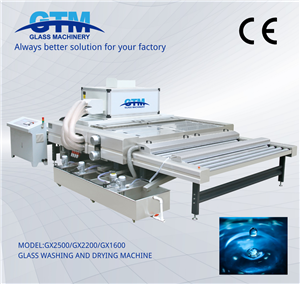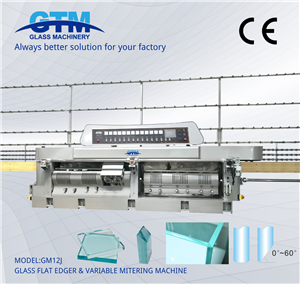Understanding Laminated Glass: Features, Benefits, and Applications
Laminated glass, also known as safety glass, is a type of glass that is designed to provide enhanced safety, security, and acoustic properties. This article will explore what laminated glass is, how it's made, its benefits, and its various applications.
What is Laminated Glass?
Laminated glass consists of two or more layers of glass bonded together with an interlayer, typically made of polyvinyl butyral (PVB) or ethylene-vinyl acetate (EVA). The interlayer holds the glass layers together even when shattered, preventing the glass from breaking into large, sharp pieces.
How is Laminated Glass Made?
The production of laminated glass involves the following steps:
1. Glass Preparation: The glass panes are cut to the required size and cleaned thoroughly to remove any contaminants.
2. Interlayer Placement: A PVB or EVA interlayer is placed between the glass panes. The interlayer is a clear, flexible material that adheres to the glass surfaces.
3. Assembly: The glass-interlayer sandwich is assembled and placed in a laminating machine.
4. Heat and Pressure: The assembly is subjected to heat and pressure in an autoclave. This process bonds the interlayer to the glass panes, creating a single, cohesive unit.
.5. Cooling and Inspection: The laminated glass is cooled and inspected for quality and clarity before being cut and finished to the desired dimensions
Benefits of Laminated Glass
1. Safety: One of the primary benefits of laminated glass is its safety. When broken, the interlayer holds the glass pieces together, reducing the risk of injury from sharp shards. This makes it an ideal choice for applications where safety is a concern.
2. Security: Laminated glass provides enhanced security by resisting penetration. It is more difficult to break through than regular glass, making it a preferred option for windows and doors in homes, businesses, and vehicles.
3. Sound Insulation: The interlayer in laminated glass helps to dampen sound, providing better acoustic insulation. This makes laminated glass an excellent choice for noise-sensitive environments such as offices, homes near busy roads, and recording studios.
4. UV Protection: Laminated glass can block up to 99% of harmful ultraviolet (UV) rays, protecting interiors from fading and damage caused by UV exposure.
5. Durability: Laminated glass is highly durable and resistant to impact, making it suitable for areas prone to harsh weather conditions or potential vandalism.
Applications of Laminated Glass
Residential Use: Laminated glass is commonly used in homes for windows, skylights, and glass doors. It provides safety, security, and noise reduction, enhancing the overall comfort and safety of living spaces.
Commercial Buildings: In commercial settings, laminated glass is used for storefronts, office partitions, and curtain walls. Its safety and security features make it ideal for protecting valuable assets and creating a secure environment.
Automotive Industry: Laminated glass is widely used in the automotive industry for windshields and side windows. Its shatter-resistant properties make it essential for passenger safety in vehicles.
Public and Government Buildings: Laminated glass is used in public and government buildings for security purposes. It can withstand forced entry attempts and provides protection against potential threats.
Schools and Hospitals: In educational and healthcare facilities, laminated glass is used for windows, doors, and partitions to ensure safety and security while maintaining a pleasant and quiet environment.
Conclusion
Laminated glass is a versatile and reliable solution for enhancing safety, security, and acoustic insulation in various applications. Its ability to hold together when shattered, resist penetration, and block UV rays makes it a popular choice for both residential and commercial settings. Whether you are looking to improve the safety of your home, secure a commercial property, or enhance the acoustic comfort of an environment, laminated glass offers a practical and effective option.




